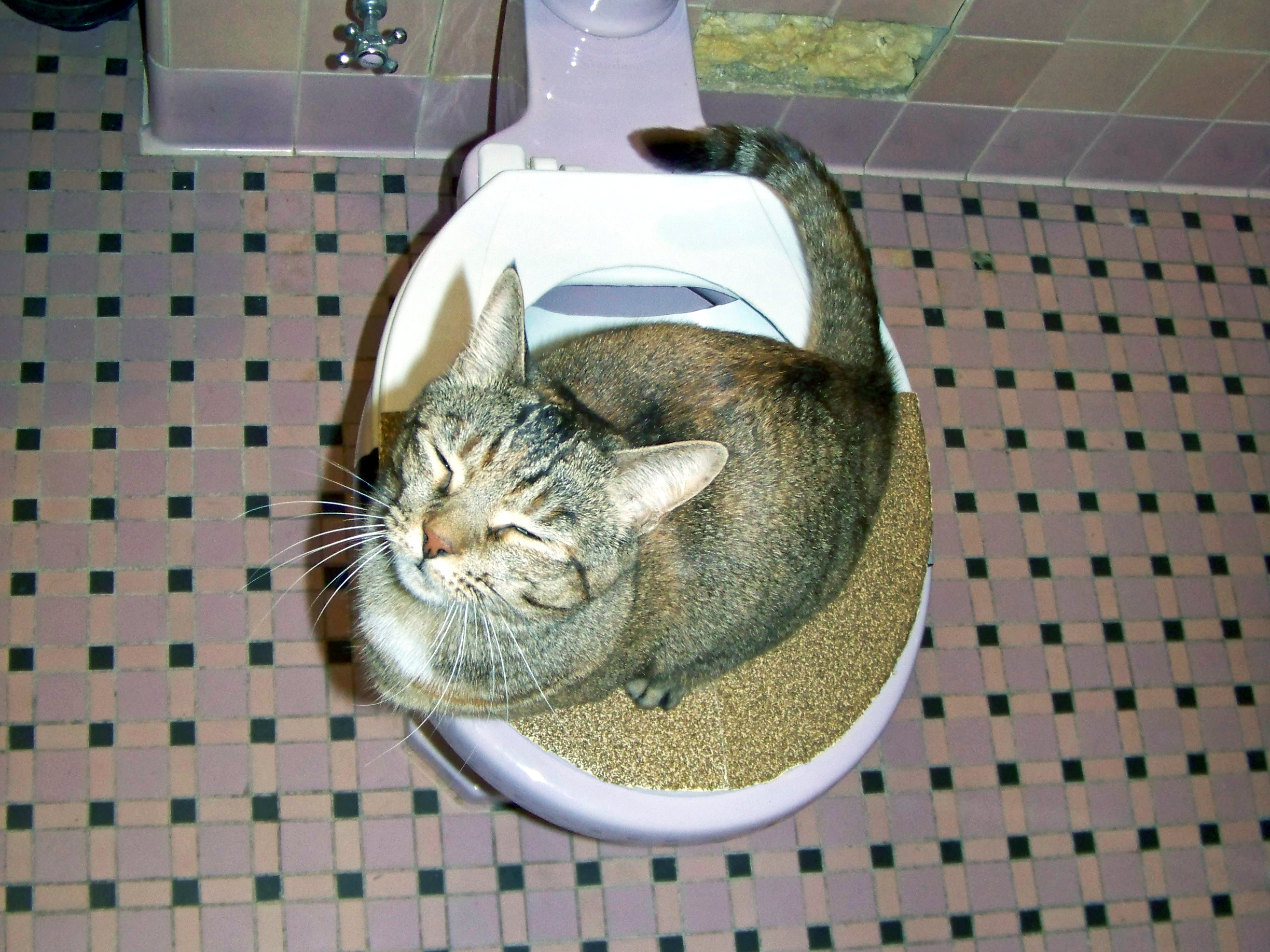How do you feel in relation to Can You Flush Cat Poop Down The Toilet??

Introduction
As cat proprietors, it's essential to bear in mind exactly how we take care of our feline friends' waste. While it might seem practical to purge feline poop down the toilet, this technique can have detrimental repercussions for both the atmosphere and human health and wellness.
Alternatives to Flushing
The good news is, there are safer and much more responsible means to deal with cat poop. Consider the following alternatives:
1. Scoop and Dispose in Trash
The most typical approach of getting rid of pet cat poop is to scoop it into a biodegradable bag and throw it in the garbage. Be sure to utilize a specialized clutter inside story and take care of the waste immediately.
2. Usage Biodegradable Litter
Select eco-friendly feline trash made from materials such as corn or wheat. These trashes are eco-friendly and can be safely disposed of in the trash.
3. Bury in the Yard
If you have a yard, think about burying cat waste in a marked location away from veggie gardens and water sources. Be sure to dig deep adequate to avoid contamination of groundwater.
4. Set Up a Pet Waste Disposal System
Invest in a pet dog waste disposal system especially created for cat waste. These systems make use of enzymes to break down the waste, minimizing odor and ecological influence.
Health Risks
Along with environmental problems, flushing pet cat waste can also present health dangers to human beings. Cat feces may consist of Toxoplasma gondii, a bloodsucker that can cause toxoplasmosis-- a potentially extreme illness, especially for expecting females and people with weakened immune systems.
Ecological Impact
Purging cat poop introduces damaging virus and bloodsuckers right into the water, posing a significant risk to water ecological communities. These contaminants can negatively affect marine life and compromise water high quality.
Verdict
Accountable pet possession extends beyond offering food and shelter-- it also entails proper waste management. By avoiding flushing cat poop down the commode and choosing alternative disposal methods, we can minimize our ecological footprint and shield human health and wellness.
Why Can’t I Flush Cat Poop?
It Spreads a Parasite
Cats are frequently infected with a parasite called toxoplasma gondii. The parasite causes an infection called toxoplasmosis. It is usually harmless to cats. The parasite only uses cat poop as a host for its eggs. Otherwise, the cat’s immune system usually keeps the infection at low enough levels to maintain its own health. But it does not stop the develop of eggs. These eggs are tiny and surprisingly tough. They may survive for a year before they begin to grow. But that’s the problem.
Our wastewater system is not designed to deal with toxoplasmosis eggs. Instead, most eggs will flush from your toilet into sewers and wastewater management plants. After the sewage is treated for many other harmful things in it, it is typically released into local rivers, lakes, or oceans. Here, the toxoplasmosis eggs can find new hosts, including starfish, crabs, otters, and many other wildlife. For many, this is a significant risk to their health. Toxoplasmosis can also end up infecting water sources that are important for agriculture, which means our deer, pigs, and sheep can get infected too.
Is There Risk to Humans?
There can be a risk to human life from flushing cat poop down the toilet. If you do so, the parasites from your cat’s poop can end up in shellfish, game animals, or livestock. If this meat is then served raw or undercooked, the people who eat it can get sick.
In fact, according to the CDC, 40 million people in the United States are infected with toxoplasma gondii. They get it from exposure to infected seafood, or from some kind of cat poop contamination, like drinking from a stream that is contaminated or touching anything that has come into contact with cat poop. That includes just cleaning a cat litter box.
Most people who get infected with these parasites will not develop any symptoms. However, for pregnant women or for those with compromised immune systems, the parasite can cause severe health problems.
How to Handle Cat Poop
The best way to handle cat poop is actually to clean the box more often. The eggs that the parasite sheds will not become active until one to five days after the cat poops. That means that if you clean daily, you’re much less likely to come into direct contact with infectious eggs.
That said, always dispose of cat poop in the garbage and not down the toilet. Wash your hands before and after you clean the litter box, and bring the bag of poop right outside to your garbage bins.
https://trenchlesssolutionsusa.com/why-cant-i-flush-cat-poop/

Hopefully you liked our excerpt about How to Dispose of Cat Poop and Litter Without Plastic Bags. Thanks so much for taking the time to browse our posting. Be sure to take a moment to distribute this blog entry if you appreciated it. Thank you for your time invested reading it.
Click Here